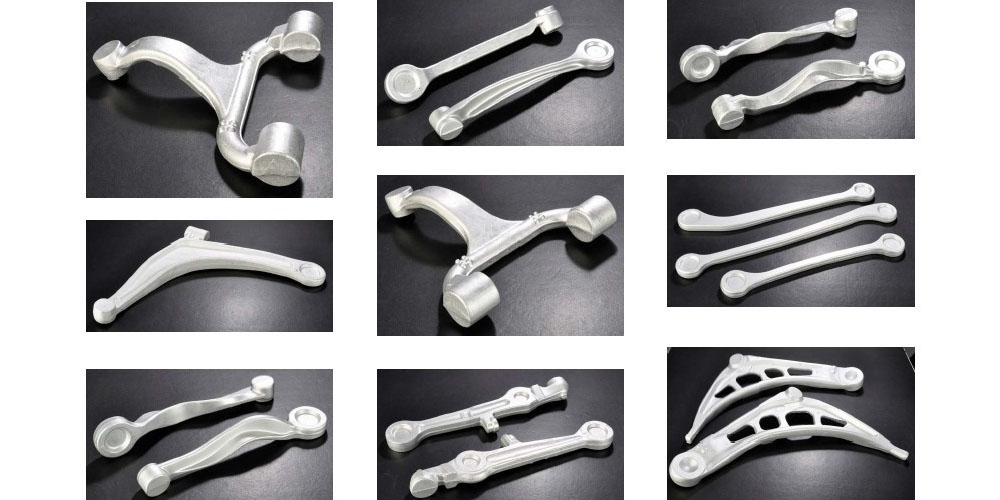Hot forging is a forging technique conducted at the highest temperature at which a metal cannot get damaged or lose its grain structure and alignment. Various metals are used in hot forging. Aluminum is one of the most popularly used metals in hot forging. Hot forging aluminum is a cost-effective and straightforward process. This write-up looks at all the aluminum hot forging basics that you should know.
Why is aluminum an ideal metal for hot forging
Below are some qualities of aluminum that make it an excellent metal for hot forging;
1. Impeccable strength
Aluminum is the second most robust metal in existence, after diamond. This makes it an ideal metal for hot forging as it can withstand the impact and conditions of the process.
2. High applicability
Aluminum is applied in a wide range of industries for making things like utensils. This makes it an ideal metal for hot forging because of its high applicability in various industries. The high applicability of aluminum can be attributed to its aesthetic appeal and strength.
3. Heat resistance
This metal has incredibly high recrystallization and melting point. This makes it an ideal metal as it can withstand extreme temperatures in hot forging.
Factors to consider
The following are factors you must consider when subjecting aluminum to hot forging;
1. Cautious cooling
One of the most critical elements to consider during the process of hot forging aluminum is cooling. Naturally, cooling is an essential part of the hot forging process and is usually done after the desired shape and form are achieved. In aluminum hot forging, the cooling process is not business as usual. It needs to be performed with extreme caution. Failure to do this will result in the warpage of the metal. This could significantly affect the quality of the final product.
2. Unprecise dimensional tolerance
Aluminum is more often used in cold forging. This is because of the precise tolerance offered by cold forging. However, this is not the case with hot forging. Therefore, it would be wise to consider the less dimensional tolerance when setting up the equipment for aluminum hot forging.
3. Quality of the dies
Another significant factor to consider is the quality of the dies. Aluminum is one of the hardest metals on the market. Therefore, damaging the metal means that you will have difficulty using it elsewhere unless you recycle it. The dies are vital in the forging process as they influence the quality of the outcome. Therefore, any mistakes in their design process could be detrimental to the process.
For this reason, when designing dies for aluminum hot forging, you must be extremely careful and ensure that they match the client’s designs to the tee. You must also process the dies to ensure they are tough, ductile, and have enhanced tolerance levels. This will keep them from crumbling or getting damaged when force is applied to the metal by the hammer or ram.
Conclusion
Products manufactured from hot forging aluminum are known for their attractive appearance and cost-effectiveness. This is because of the incredible qualities of aluminum and the advantages of the forging manufacturing technique.

